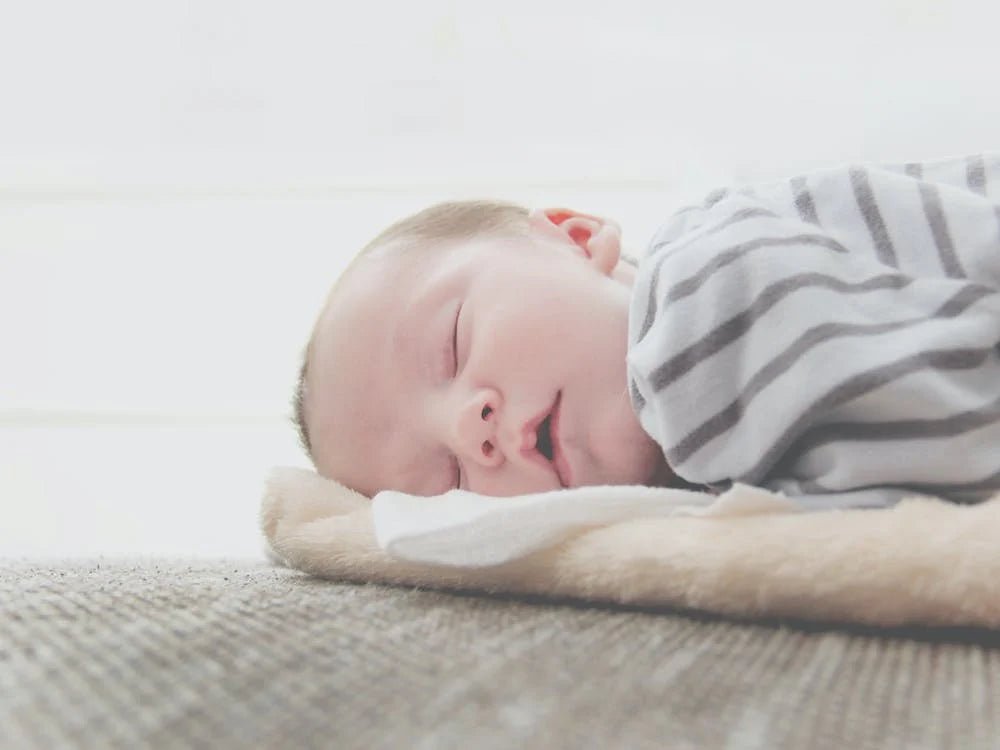Car seats are a vital component of child safety as they keep children safe and secure in the car. However, you may ask, “How long does a baby stay in a car seat?” This article answers the question while informing you about baby car seat comfort and reasonable usage period.
Importance of a baby car seat
The primary reason for putting your baby in a car seat is
safety. A car crash typically results in bodily injury due to velocity. As the vehicle suddenly loses momentum, humans and objects in the vehicle not held in place still maintain that momentum, thus ending up being thrown against whatever is in front of them, such as the front seats and windscreen. Since babies are smaller, they’ll get thrown the hardest and farthest, most likely not surviving the impact. Therefore, baby car seats provide ample anchorage since car seat belts won’t sufficiently hold the baby in place. Additionally, baby car seats are comfortable. As mentioned, car seat belts are too large for babies, which will feel awkward and uncomfortable for a baby.
Baby car seats have plush cushioning and appropriately sized harnesses to keep your little one comfortable and well anchored.
How long does a baby stay in a car seat?
The answer to this question considers several variables, all aimed at safety and comfort. First, let us consider
the law. The government expects all children traveling in vehicles for whatever distance to always be in a child car seat or booster seat until they are 12 years old or reach 135cm in height, whichever comes first. This legislation encompasses most child car seat considerations and ensures safety for all children.
Duration per trip
When you consider how long a baby should stay in a car seat on a trip, the
two-hour rule comes into play. Car seat manufacturers and industry experts came up with the two-hour rule, which essentially recommends that babies stay in the seat for two hours at most within 24 hours. Typically, baby car seats hold the baby in a semi-seated position. Holding this position for prolonged periods tends to restrict airflow to the baby’s lungs, which could cause breathing issues. Additionally, the baby’s developing spine could suffer, resulting in health complications later on due to poor development. Remember that a baby will likely fall asleep if the car is conducive. Sleeping in the baby seat is not recommended since the safest sleeping position for babies is horizontally and on their backs. Therefore, if your journey is likely to take longer than two hours, you’ll have to take breaks along the way, taking the baby out of the seat for at least 15 minutes before proceeding with the journey. While this is not a perfect solution, it will minimise the health risks to the baby. Otherwise, avoid a trip longer than two hours in the 24-hour window.
Duration in relation to age
When you consider how long how long does a baby stay in a car seat in terms of age, the government’s directives come into play, which outlines the type of seat babies should use as they grow. Infants and toddlers should use
rear-facing-only or rear-facing-convertible seats. Typically, they should use those seats until they are two years old. Toddlers and preschoolers should use forward-facing convertible and forward-facing harness seats. They need to do so until they reach the age of using booster seats, usually around the school-going age. School-aged children around 12 years old should use booster seats. Additionally, they should remain in the rear seats until they are 13 years old, after which they can sit in the front and wear car seat belts. Duration in terms of the baby’s weight • Children weighing 0-10 kgs should be in a lie-flat or rear-facing baby carrier or seat with a harness. • Children weighing 0-13 kgs should be in a rear-facing baby seat or carrier with a harness. • Children between nine to 18kgs should be in rear or forward-facing baby seats with a harness or safety shield. • Children weighing 15-25 kgs should be in a high-backed rear or forward-facing car seat with a seat belt, harness, or safety shield. • Children weighing 22-36 kgs should be in a high-backed rear or forward-facing child car with a seat belt, harness, or safety shield. Tips on safe baby car seat use While baby car seats are critical for keeping your baby safe during journeys, they are only as effective as how you use them. It begins with ensuring you have the correct type of baby seat for your child’s age, weight, and height. Next, you need to apply these tips: Ensure you properly fasten the seat. A poorly secured seat is dangerous because the child will be violently thrown forward in an accident. Additionally, the child could slump as you drive, getting into an uncomfortable and potentially restrictive position affecting the respiratory system. Be religious about the two-hour rule. For long journeys, plan to take longer since you’ll need to take plenty of breaks to get the baby off the seat. Ensure you keep the baby company during the journey. You need to prevent the baby from sleeping and watch the posture to prevent slumping when he or she is unable to adjust his or her position. Have an adult seat next to the baby if possible. Remove the baby from the car seat as soon as you leave the car. Some people tend to leave the baby on the seat, even letting the baby sleep in there. Remember, babies should sleep horizontally. Should the car’s movements cause the baby to slump or otherwise change position, immediately stop the car and adjust the baby. Ensure the baby is appropriately dressed. Cars tend to get warm as you drive, with the cushioned car seat getting toasty. Therefore, avoid covering the baby with too many layers or extra warm clothes. Keep checking to make sure the baby isn’t overheating.
Conclusion
It's essential to understand how long a baby stays in a car seat for health, safety, and comfort reasons. We've provided the correct answers and shares tips to keep your baby safe whenever you use a car seat. Selecting the right seat is critical, and
we have the best choices available.
Get in touch today, and let us address your every child care need concern.



